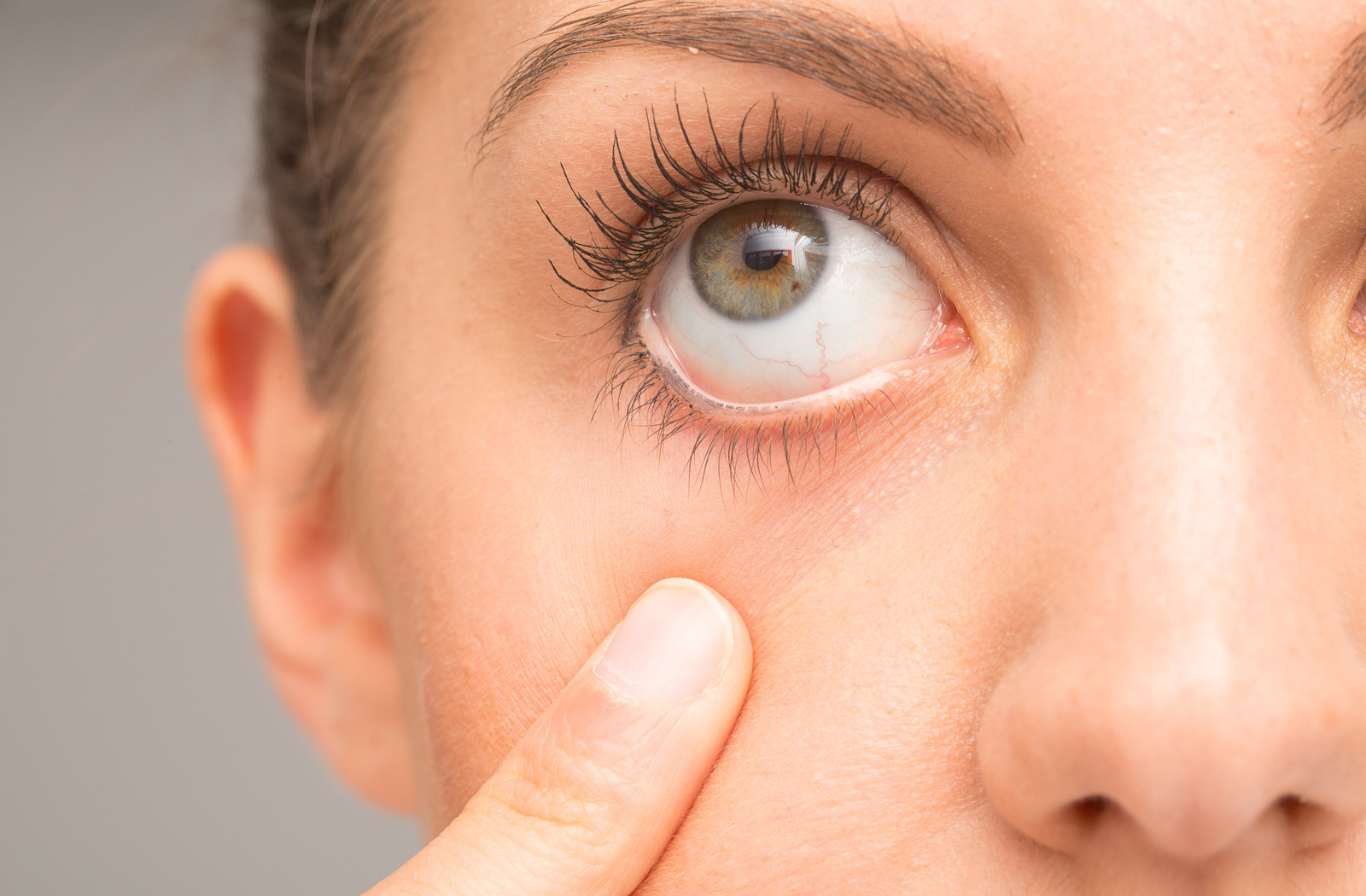
**A Fresh Perspective on Childhood Halitosis: Annatto and Blue Light Therapy**
Chronic bad breath, known as halitosis, presents a significant challenge for children, particularly those who tend to breathe through their mouths. More than just a social nuisance, halitosis can affect self-image and interactions during critical developmental stages. Mouth-breathing compounds the issue by diminishing saliva production, which helps to naturally cleanse the mouth and combat bacteria. Nevertheless, a group of Brazilian researchers may have found an effective, affordable, and natural remedy by merging photodynamic therapy with an extract from the achaote plant.
The research, recently featured in the journal *PLOS ONE,* showcases an innovative method utilizing a natural plant-derived ingredient—annatto (sourced from the achiote plant)—alongside blue LED light therapy. This combination not only effectively targets harmful bacteria but also provides a practical and economical alternative for children’s dental care.
—
### **The Mechanism of the Treatment**
The treatment utilizes a technique referred to as photodynamic therapy (PDT), which merges a light-sensitive agent (in this scenario, dye derived from annatto) with targeted light wavelengths to initiate a reaction that eradicates harmful bacteria. Annatto serves as a widely accessible and low-cost natural option, already frequently employed in food coloring, making it well-suited for pediatric use due to its anticipated safety.
In this investigation, the therapy was evaluated in 52 children aged 6 to 12 who had confirmed halitosis through a specialized breath measurement device. The participants were split into two distinct groups: a control group that employed traditional tongue-cleaning practices and an experimental group that received treatment combining annatto and blue LED light with standard oral hygiene routines like brushing and flossing. For the experimental group, the procedure involved spraying an annatto-based solution on the tongue and subsequently exposing it to blue LED light—a commonly available tool in numerous dental clinics.
—
### **Essential Discoveries**
The outcomes of the study were exceptionally encouraging. Although both groups saw enhancements in breath quality, the children who underwent the photodynamic treatment significantly surpassed their counterparts in the control group. Most notably, the therapy’s advantages were enduring, with substantial improvements maintained during a follow-up period of 30 days.
A particularly groundbreaking discovery was the finding that, for children who breathe through their mouths, oral dryness had a stronger correlation with halitosis than tongue coating. This challenges prior beliefs that merely maintaining tongue hygiene suffices to manage bad breath in children facing this issue.
—
### **An Accessible Solution for Dentists**
Dr. Sandra Kalil Bussadori, the lead author of the study, highlighted the practicality of the solution: “We aimed to create something that would be readily obtainable for dental professionals. Most dentists already possess the necessary LED technology in their practices, and annatto is a natural, easy-to-source ingredient. This renders the treatment both feasible and financially viable.”
Given that numerous dental offices currently utilize blue LED light for various procedures like tooth filling curing, this novel application could be seamlessly incorporated into existing practices, enhancing its scalability and accessibility worldwide. Moreover, the use of natural annatto extract ensures a product suitable for children, aligning with the rising demand for holistic and non-synthetic therapies.
—
### **Wider Implications for Pediatric Oral Health**
This groundbreaking discovery presents an exciting alternative to conventional halitosis remedies, many of which can be prohibitively expensive or less effective for mouth-breathing children. If embraced on a larger scale, this treatment could significantly enhance the quality of life for young patients during key growth periods. Improved social interactions and boosted self-esteem can positively influence a child’s mental health, academic success, and overall wellness.
Additionally, the incorporation of natural, sustainable ingredients like annatto aligns well with the growing emphasis in modern healthcare on eco-friendly and cost-effective solutions.
—
### **A Bright Future Ahead**
While this study marks a promising initial step, subsequent research will likely delve deeper into the specific mechanisms behind the treatment’s efficacy, broader uses, and long-term benefits. For instance, could similar natural dyes effectively combat other oral pathogens? Might this approach also help prevent dental problems like cavities or gum disease?
With its compelling combination of affordability, safety, and practicality, annatto and blue light therapy is set to be a transformative resource in pediatric dentistry. As healthcare professionals and researchers worldwide take notice of these findings, young patients and their families might find renewed hope in addressing halitosis—a condition that has often been overlooked regarding its psychological and social effects.
—
This cutting-edge therapy exemplifies the potential of modern science, blended with naturally sourced materials, to develop straightforward yet powerful solutions to longstanding health challenges. For children grappling with the issues of mouth-breathing and persistent bad breath, the outlook has just become a bit more promising—both literally and metaphorically.
**Glossary**
– **Halitosis:** Chronic bad breath resulting from bacteria in the mouth or related systemic issues.
– **Photodynamic Therapy (P